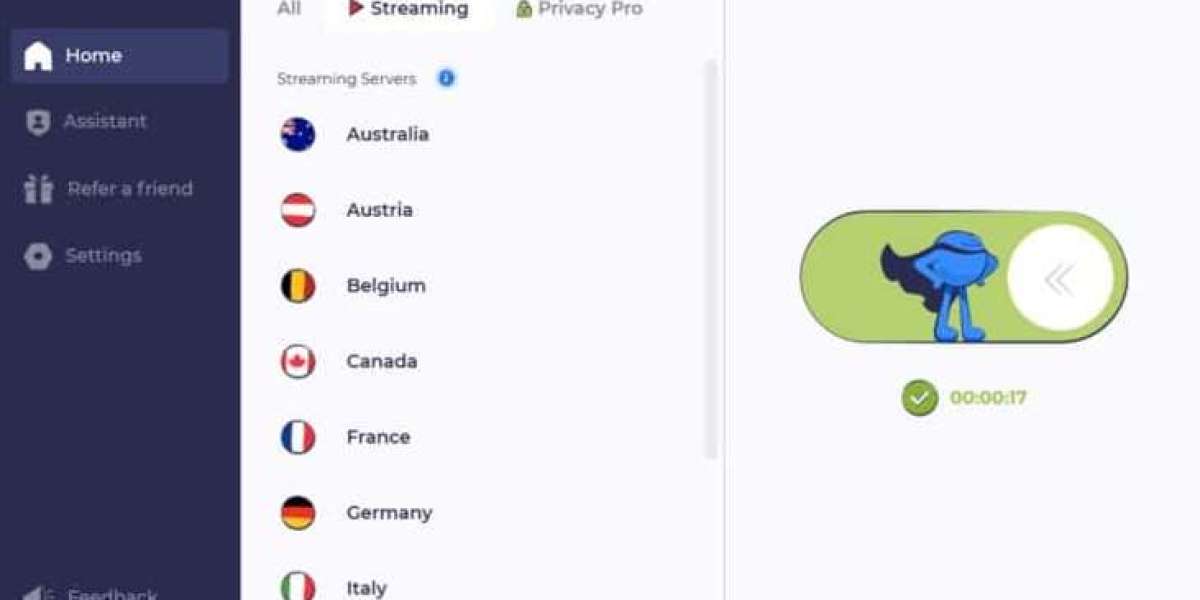In today’s digital age, videos are one of the most powerful forms of evidence. From surveillance cameras to mobile devices, video footage plays a critical role in criminal investigations, legal proceedings, and security operations. However, raw footage alone often isn’t enough. That’s where forensic video analysis software comes into play. This specialized technology allows investigators to examine, clarify, and authenticate videos in detail, ensuring accuracy and reliability in evidence presentation.
What Is Forensic Video Analysis Software?
Forensic video analysis software is a specialized tool designed to process, examine, and enhance digital video evidence. Unlike standard video editing tools, it focuses on scientific methods to preserve the authenticity of the footage while improving clarity for better interpretation.
Key capabilities include:
Frame-by-frame examination
Image enhancement and stabilization
Object and facial recognition
Video authentication and tamper detection
Photogrammetry and measurement
These functions ensure that the evidence remains admissible in court while offering investigators the tools to uncover critical details.
The Role of Video Forensic Analysis in Investigations
Enhancing Video Clarity
Poor lighting, low resolution, or motion blur often make raw video difficult to analyze. Video forensic analysis enhances visual details, making subjects, license plates, or objects clearer and more identifiable.
Authenticating Evidence
One of the most crucial aspects of forensic video analysis is verifying whether the footage has been tampered with. Software tools check metadata, compression artifacts, and editing traces to confirm authenticity.
Interpreting Events Objectively
Forensic video analysis ensures unbiased interpretation by using scientifically validated techniques. Investigators can reconstruct timelines, measure distances, and validate claims with video evidence.
Applications of Forensic Video Analysis Software
Forensic video analysis software is used in multiple fields, including:
Law Enforcement: Assisting in solving crimes through video enhancement and authentication.
Legal Proceedings: Providing reliable video evidence in court.
Security and Surveillance: Monitoring high-risk areas with forensic accuracy.
Insurance Investigations: Verifying claims by analyzing security footage.
Corporate and Cybersecurity: Detecting insider threats and security breaches.
Key Features to Look For in Forensic Video Analysis Software
When evaluating software, these features are essential:
High-Quality Enhancement Tools – Ability to reduce noise, sharpen images, and stabilize shaky footage.
Video Authentication – Ensures admissibility by detecting tampering.
Photogrammetry – Accurate measurement of objects and distances within video.
Metadata Analysis – Extraction of hidden information embedded in video files.
Multi-Format Compatibility – Ability to handle various proprietary and standard video formats.
Benefits of Using Forensic Video Analysis Software
Increased accuracy in investigations
Improved clarity of evidence
Stronger credibility in court
Faster case resolution
Objective, scientifically supported results
Challenges in Video Forensic Analysis
While forensic video analysis software is powerful, it also comes with challenges:
Dealing with poor-quality video sources
Time-consuming processing for large datasets
Risk of misinterpretation without proper expertise
Balancing enhancement with maintaining evidence integrity
Best Practices for Video Forensic Analysis
To ensure reliable results:
Always work on copies of original files to preserve integrity
Use standardized forensic procedures
Document every step of the analysis
Rely on validated tools and methods
Ensure expert testimony accompanies video evidence in legal cases
Final Thoughts
Forensic video analysis software has revolutionized the way investigators, law enforcement, and legal professionals handle digital evidence. By enhancing, authenticating, and interpreting videos, it ensures reliable, court-admissible results. As technology continues to advance, video forensic analysis will only grow in importance, serving as a cornerstone in uncovering truth and delivering justice.
FAQs
Q1: What is forensic video analysis software used for?
It’s used to enhance, authenticate, and analyze video evidence for investigative and legal purposes.
Q2: Can forensic video analysis software improve blurry footage?
Yes, it can reduce noise, stabilize frames, and sharpen details to make footage clearer.
Q3: Is video forensic analysis admissible in court?
Yes, when performed using validated forensic tools and methods, it is considered admissible.
Q4: What industries use forensic video analysis?
Law enforcement, legal, security, insurance, and corporate investigations all use it.
Q5: How is forensic video analysis different from video editing?
Editing changes content, while forensic analysis preserves authenticity and focuses on scientific examination.







